India possesses all the fundamental ingredients for green hydrogen success—we benefit from abundant low-cost renewables, substantial infrastructure advantages, and the technological capability to lead globally. However, industry and government leaders face a sobering reality today: despite years of strategic planning and policy announcements, progress remains slow.
This challenge took centre stage at a pivotal workshop held at IIT Madras on 25 June 2025. Jointly organised by Xynteo’s Energy Leap and the IIT Madras Energy Consortium, with sponsorship from Technip Energies and Rely, the event brought together government officials, industry executives, academics, start-ups, and investors to address a pressing question: why hasn’t India’s hydrogen potential translated into commercial momentum?
The investment reality that’s holding everyone back
The economic viability of green hydrogen presents immediate challenges for businesses due to high production costs, slow demand materialisation, and nascent policies, resulting in increased risk premiums for the projects. This creates a problematic cycle where investors seek proven demand before committing funds, whilst potential buyers hesitate without established supply chains.
In the meantime, the regulatory environment compounds these challenges. Workshop participants identified the restrictive standards and the absence of standards in certain areas as a significant barrier. Whilst these standards serve important safety purposes in mature industries, they create hurdles for emerging technologies that require different approaches to validation and testing, and validation infrastructure further erodes confidence across the ecosystem. Without proper facilities to demonstrate commercial viability, even promising innovations struggle to attract the investment needed for scale-up.
The supply chain dependencies we cannot ignore
Perhaps most concerning is India’s heavy reliance on imported components for critical hydrogen technologies. Stacks and electrodes—essential components for electrolysis—remain predominantly sourced from international suppliers. This dependency raises fundamental questions about technological sovereignty and supply chain resilience.
The domestic manufacturing landscape presents additional challenges. Fragmented operations across the MSME sector lack the coordination necessary for industrial-scale deployment. This fragmentation doesn’t merely affect individual companies; it weakens the entire ecosystem’s ability to be cost-effective and compete internationally.
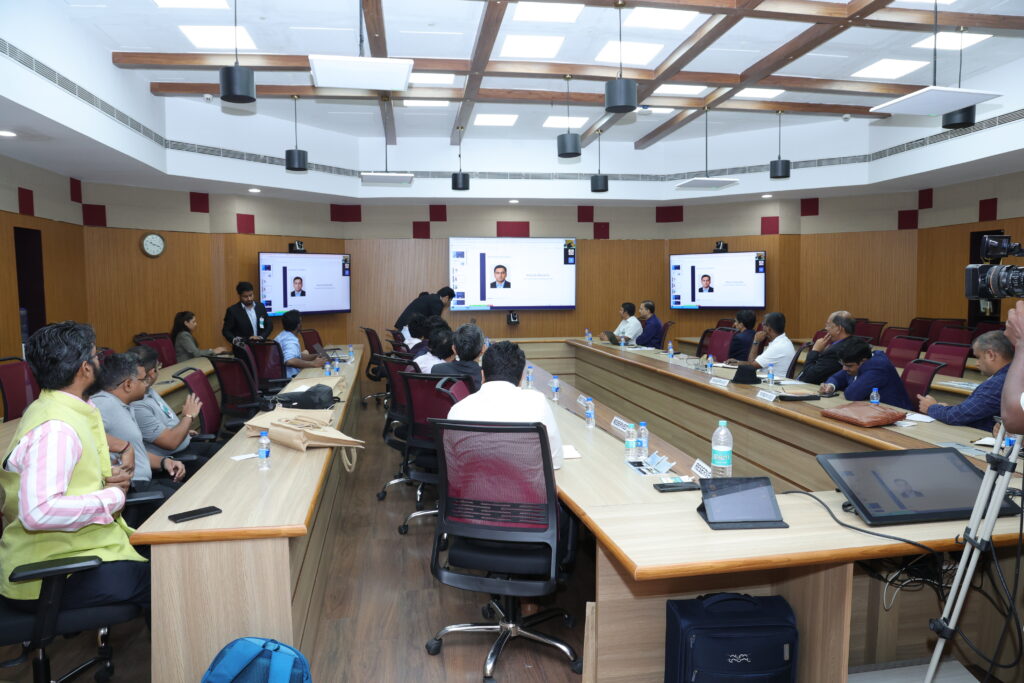
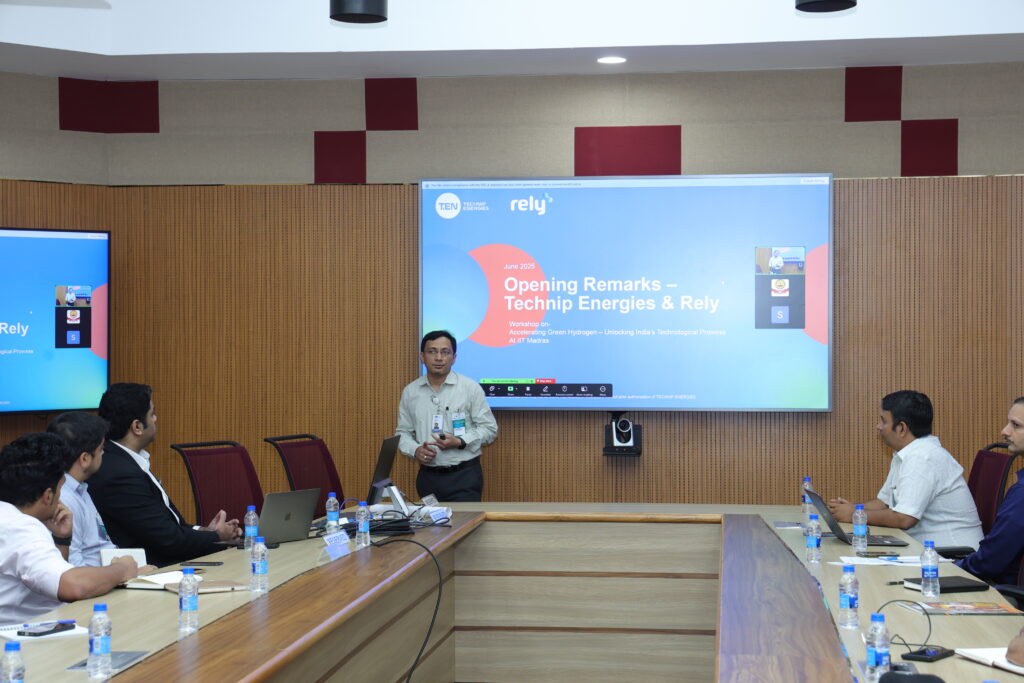
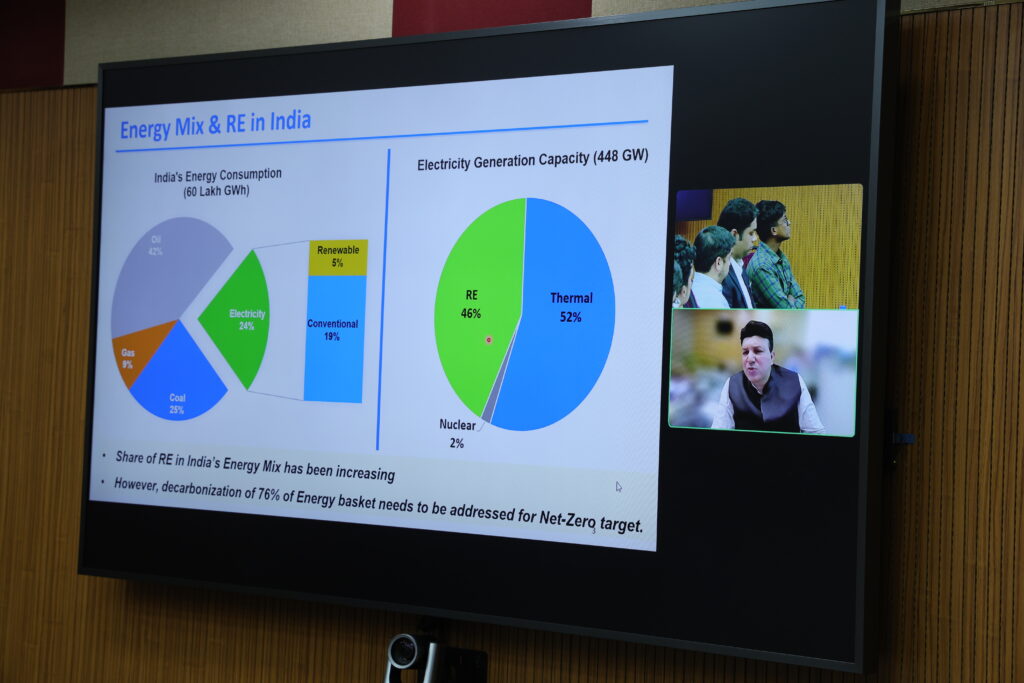
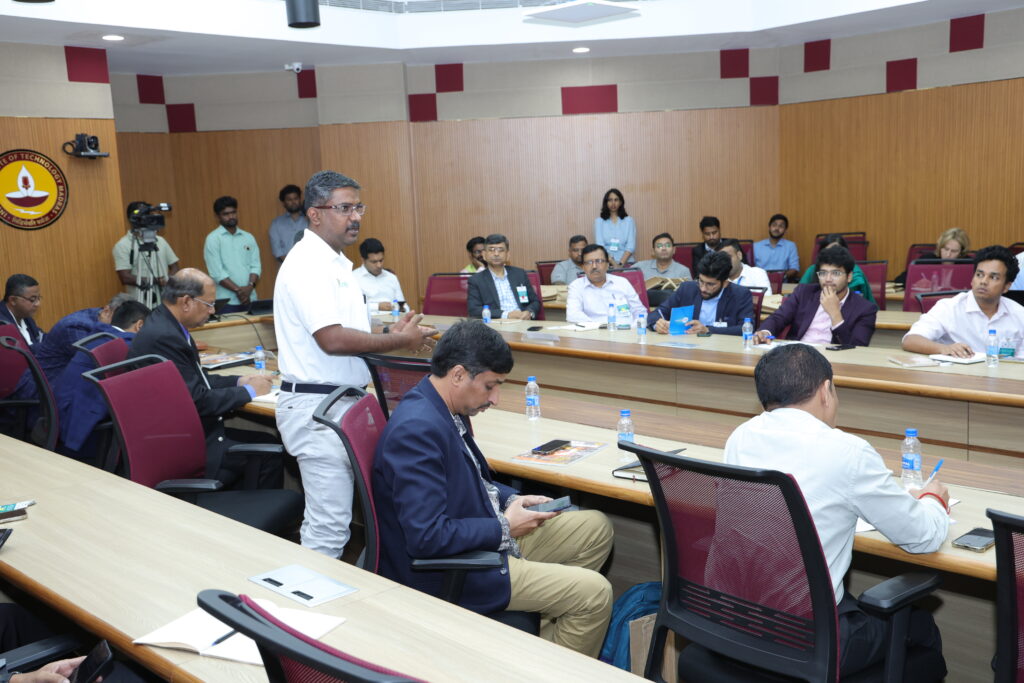
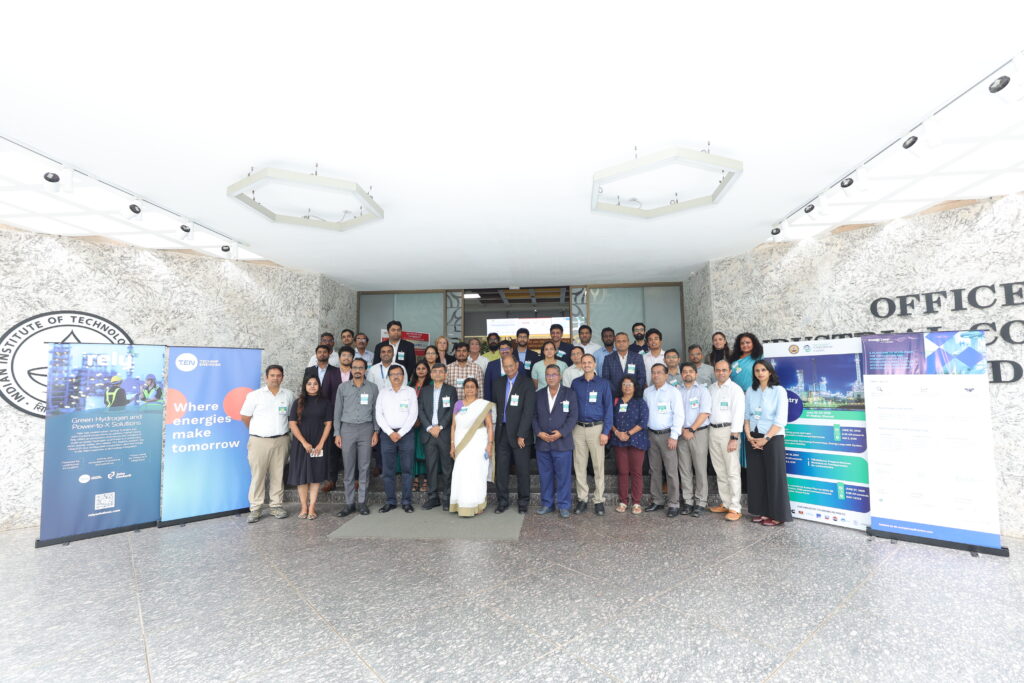
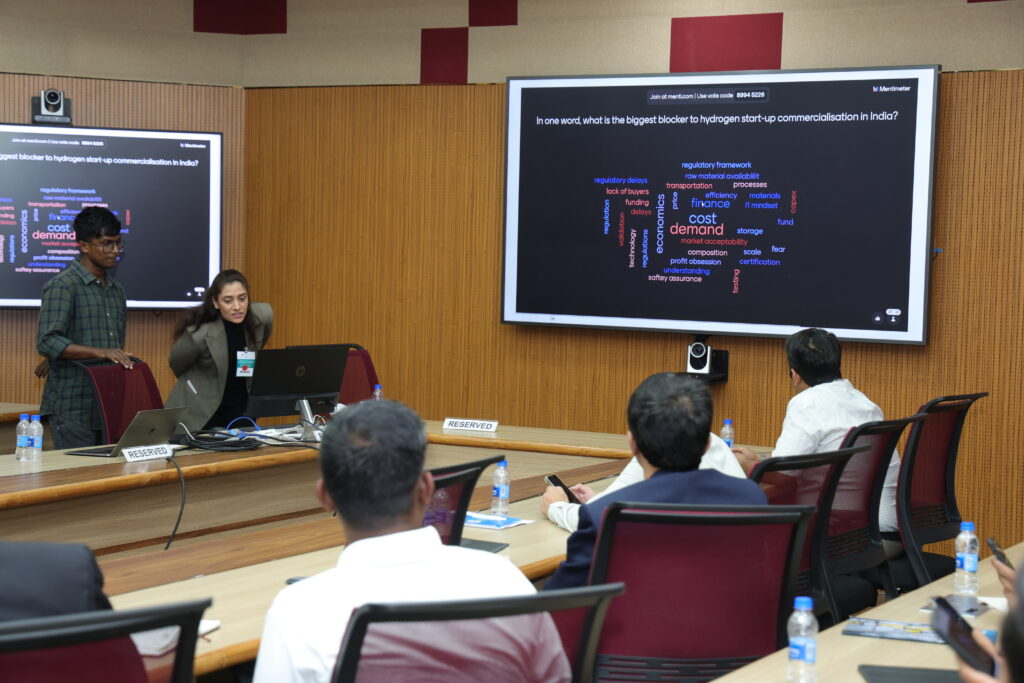
The message from key green hydrogen stakeholders is unequivocal: structured collaboration between all stakeholders represents an essential foundation for India’s energy security and economic competitiveness.
Shared infrastructure, distributed risk via the hydrogen valley model
The workshop endorsed an accelerated approach to hydrogen innovation through “Hydrogen Innovation Valleys”—collaborative ecosystems that offer modular validation laboratories, certification support, and shared research facilities.
Rather than each organisation attempting to solve complex technical challenges independently, these collaborative spaces enable start-ups, established industry players, and academic institutions to co-develop and de-risk indigenous solutions. The result is faster innovation cycles, reduced individual risk exposure, and strengthened collective capabilities.
Consider the practical implications: a start-up doesn’t need to build expensive testing facilities from scratch. A large corporation can access cutting-edge research without having to establish separate R&D divisions. Universities can see their innovations applied in real-world commercial settings. Everyone benefits from shared expertise and distributed costs.
Stakeholders insisted on quick implementation on Hydrogen Innovation Valley Cluster programme with appropriate mechanisms in place to be an effective enabler.
Creating market confidence through policy framework
The workshop’s most critical recommendation focused on policy clarity and proactive market creation. Stakeholders called for PSU-led pilot programmes and demand assurance mechanisms that provide businesses with the confidence necessary for long-term investments.
This approach transcends traditional government support models. It involves the strategic co-creation of market conditions that enable innovative solutions to flourish. When policies provide clear direction coupled with guaranteed offtake agreements, private sector entities can make confident investments in technology development and commercial scale-up.
For example, the potential adoption of hydrogen trains by petroleum refineries or steel companies’ commitment to using green hydrogen in their production processes would create tangible market demand, transforming theoretical opportunities into commercial realities.
The collaboration imperative
The workshop’s insights will be consolidated into a comprehensive policy report designed to inform ecosystem stakeholders and drive coordinated action. However, documentation alone cannot catalyse the transformation India requires.
The message from key green hydrogen stakeholders is unequivocal: structured collaboration between all stakeholders—start-ups, established enterprises, academic institutions, and public sector entities—represents an essential foundation for India’s energy security and economic competitiveness.
The strategic choice before us
India stands at a pivotal moment in its hydrogen journey. For government and business leaders alike, the core question is clear: Will we invest in scaling indigenous technologies and developing a talent pool or remain dependent on costly imports?
India has the scientific capability and industrial base to lead in key parts of the hydrogen value chain—from electrolysers and fuel cells to system integration and engineering services. The real challenge is not one of capacity, but of commitment.
Relying on imported solutions may offer speed, but it comes at the cost of strategic autonomy, economic value capture, and long-term resilience. The more transformative path is to build a collaborative ecosystem that backs Indian innovation, de-risks deployment, and positions our technologies for global leadership.
This is not just a technological choice—it is a strategic one.
Varun Desai
Manager, Xynteo
Bhaskar Jha
Consultant, Xynteo
For further information, follow us on social media (LinkedIn I Twitter), or Contact Us to find out how we can help your leaders and organisation create people and planet-positive impact.



